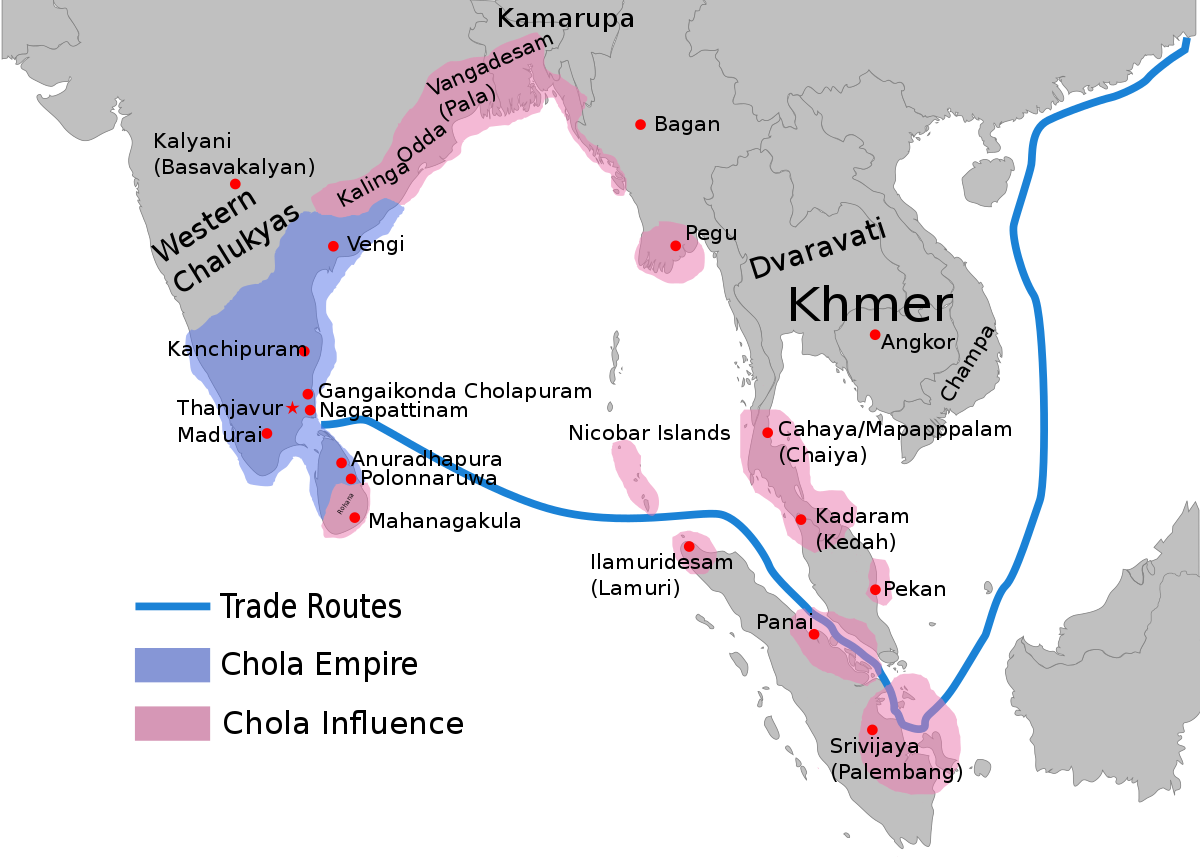DNA studies have conclusively proved that all Indians, regardless of their colour or other differences, are of the same stock.
The Hindu civilisation is arguably the longest surviving of all ancient civilisations. While other contemporary civilisations faded away, the Hindu civilisation stood tall withstanding the ravages of time. Neither the brutal assaults of hordes of barbaric invaders nor the crafty misinterpretations of alien scholars were able to dent its resilience. It survives today in a robust and vibrant form with its core values unaltered.
Yet there is no dearth of individuals in India who are out to belittle this great civilisation. For these naysayers there can be nothing good about our culture and therefore anything commendable or magnificent in our history has to be necessarily disassociated from Hindus and Hinduism.
Nothing illustrates this perversion better than the hullaballoo surrounding the movie Ponniyin Selvan I that depicts a slice of history from the days of the mighty Chola Empire that existed around the 10th century AD in the region that is currently Tamil Nadu.
Stoking the controversy, National Award-winning Tamil director Vetrimaaran lambasted the BJP for attempting to “appropriate Tamil icons”. He surmised: “Raja Raja Chola wasn’t Hindu but they (BJP) are trying to steal our identity. They have already tried to saffronise Thiruvalluvar. We should never allow that.”
Not to be outdone, the actor cum politician Kamal Haasan jumped into the fray adding his own two-bit rant. He sanctimoniously claimed: “There was no name called ‘Hindu religion’ during Raja Raja Chola’s period. There was Vainavam, Shivam, and Samanam, and it was the British who coined the term Hindu since they didn’t know how to refer to it collectively. It is similar to how they changed Thuthukudi into Tuticorin.”
Instead of bolstering his contention, Kamal Haasan’s own logic undercuts the rationality of his conclusion. Mere change of a name does not transform a place, individual or religion into something different. You may call Thuthukudi, Tuticorin, but it makes no difference to the structure or character of the town.
Likewise, dubbing the religion professed by the Chola kings as Saivism or Hinduism makes little practical difference for both refer to the same native religious philosophy of India which has been called by different names over the years.
It is akin to saying that the teachings of Jesus of Nazareth are different from Christianity. For nearly 200 or 300 years after the resurrection of Jesus, his theology was considered by some to be a different strain of Jewish religious expression. Just because the terminology used was different at that time can you claim that these were two different religions?
At the heart of these utterances of Vetrimaaran and Kamal Haasan is indoctrination; a myth and a propaganda fuelled by parties like the DMK (Dravida Munnetra Kazhagam) that have, for political reasons, tried to project the Tamil region and the Tamil people as distinct from the rest of India. And in this narrative, it is vital for their success to badmouth Hinduism and distance themselves from Hinduism, the predominant religion of the sub-continent.
The Dravidian movement, embellished by terms like self-respect, rationalism and social advancement of depressed communities should not be used to cause an ugly divide that pits one community against another and one that drives a wedge between Tamilians and the rest of India. Its origin is steeped in the Aryan-Dravidian theory, which subscribes to the notion that the migrant fair skinned Aryans invaded the Dravidians and drove them south; this theory now stands discredited.
The Aryan-Dravidian theory, first credited to the German Max Mueller, is the greatest fraud committed on the people of India and is in reality a perversion of Max Mueller’s original thought. It is this perversion that has been aggressively disseminated over the years by so-called scholarly historians and political parties pursuing a vested political agenda.
In his book, “Biographies of Words and the Home of the Aryas”, Max Mueller categorically states: “I have declared again and again that if I say Aryans, I mean neither blood nor bones, nor hair nor skull; I mean simply those who speak an Aryan language… in that sense, and in that sense only, do I say that even the blackest Hindus represent an earlier stage of Aryan speech and thought than the fairest Scandinavians…To me an ethnologist who speaks of Aryan race, Aryan blood, Aryan eyes and hair, is as great a sinner as a linguist who speaks of a dolichocephalic dictionary or a brachycephalic grammar.”
Moreover, DNA studies have conclusively proved that all Indians, regardless of their colour or other differences, are of the same stock. Faced with this evidence, are these self-proclaimed rationalists willing to change their views?
Coming back to the current controversy. The magnificent Brihadishvara Temple, in Thanjavur, Tamil Nadu was built around the 10th century by Rajaraja 1, the mighty Chola Emperor, who was an unwavering Shiva bhakt. The Shiv Linga that the temple houses, the stream of Hindu devotees who flock this place even today and the Hindu traditions adopted by the temple are all standing testimonies to the faith of the Chola kings: Hinduism. Saivism is an integral part of Hinduism. To claim otherwise is to be disingenuous.
The Cholas, like other Hindus of the period, revered the Ganga. After his conquests, Rajendra Chola 1, the son
Attempts to “break India” by furthering false narratives that divide India and Hindus, especially those without historical or religious basis, must be called out.

